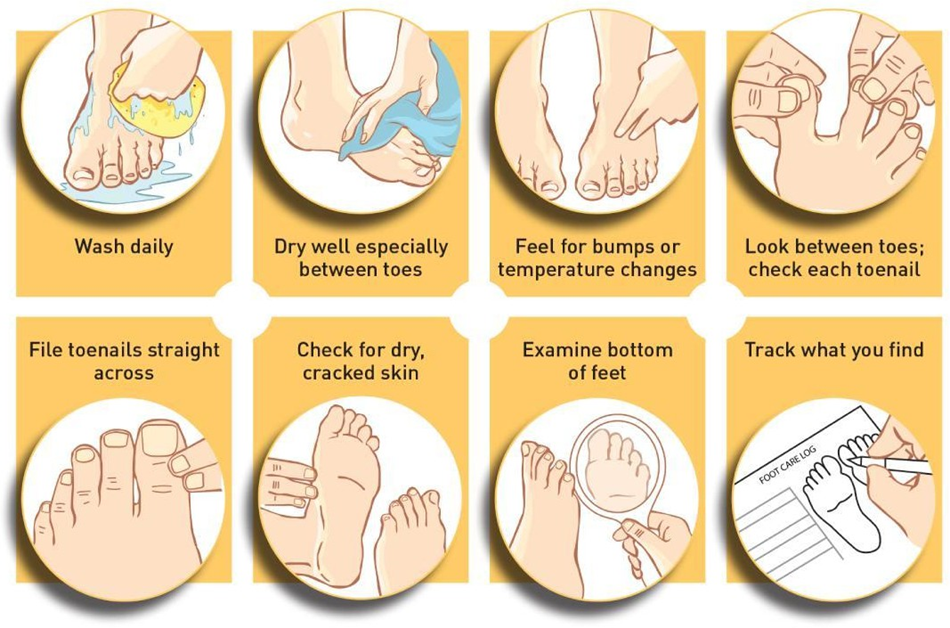A nurse is teaching a client who can bear weight on only one leg how to ambulate using crutches. Which of the following crutch gaits should the nurse plan to instruct this client to use?
Two-point
Four-point
Swing-through
Three-point
The Correct Answer is D
A. The two-point gait requires partial weight-bearing on both legs, making it unsuitable for a client who can only bear weight on one leg.
B. The four-point gait also requires weight-bearing on both legs and provides maximum stability, but it is not appropriate for a client who can bear weight on only one leg.
C. The swing-through gait is generally used by clients with paralysis of the legs or for those who need to use both legs minimally while moving with crutches. It is not the most suitable option for a client with weight-bearing restrictions on one leg.
D. The three-point gait is the correct technique for a client who can bear weight on only one leg. In this gait, both crutches and the affected leg are moved forward together, followed by the weight-bearing leg. This method allows the client to ambulate safely while maintaining the non-weight-bearing leg off the ground.
Nursing Test Bank
Naxlex Comprehensive Predictor Exams
Related Questions
Correct Answer is A
Explanation
A. Monitoring the client at least once every hour is an appropriate safety precaution to assess the client's condition and prevent falls.
B. Assigning the client to a private room may not directly address the risk of falls and may not be necessary for fall prevention.
C. Requesting a PRN prescription for restraints should not be the first line of defense for fall prevention and should only be considered when other interventions are ineffective or inappropriate.
D. Keeping four side rails up while the client is in bed can be a restraint and may increase the risk of injury. It is not a recommended approach for fall prevention.
Correct Answer is B
Explanation
A. Wearing cotton socks is appropriate as they allow for better air circulation.
B. Cutting nails rounded at the corners can lead to ingrown toenails, which is not recommended for individuals with diabetes.
C. Using a mirror for daily foot inspection is a good practice to identify any issues early.
D. Buying shoes late in the afternoon accounts for any swelling that may occur during the day, which is a suitable practice for individuals with diabetes.

Whether you are a student looking to ace your exams or a practicing nurse seeking to enhance your expertise , our nursing education contents will empower you with the confidence and competence to make a difference in the lives of patients and become a respected leader in the healthcare field.
Visit Naxlex, invest in your future and unlock endless possibilities with our unparalleled nursing education contents today
Report Wrong Answer on the Current Question
Do you disagree with the answer? If yes, what is your expected answer? Explain.
Kindly be descriptive with the issue you are facing.
